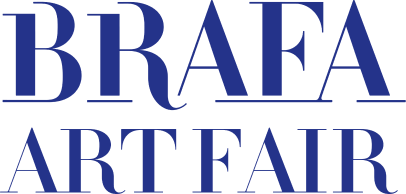IMAGE DETAILS

Gallery Sofie Van de Velde
Pierre-Louis Flouquet (Paris 1900-1967 Dilbeek)
Compositie, 1920-1922
Oil on canvas
131 x 91 cm
Signed 'Flouquet' left bottom corner
Provenance: Bernard Davis/Miami Museum of Modern Art; Collection of Harvey Probber; thence by descent
The work Composition (1920-1922) by Pierre-Louis Flouquet marks a significant turning point in the art history of the early 20th century, through its bold exploration of abstraction and the visual language of geometry. Flouquet, a pioneer of constructivism, creates in this work a dynamic interplay of shapes and lines that blur the line between figuration and abstraction. The composition is both a reflection on the technological advancements of his time and a creative expression of the artist’s drive to reinvent the visual perception of reality.
The clean, geometric forms and the stark contrasts in the work create a visual energy that is characteristic of the post-World War I period, when artists were seeking a new language to depict the devastations of the war and the changes in society. Flouquet’s use of color and line emphasizes the power of abstract compositions, presenting the artistic freedom of geometry not only as an aesthetic medium but also as a way to articulate the intellectual and emotional response to the modern age.
What makes Composition so remarkable is how it emphasizes unity and order through the use of the purest visual elements: line, shape, and color. It is a subtle and refined response to the experimental nature of the early 20th-century avant-garde, where the search for new forms of expression was both liberating and innovative. This work reflects Flouquet’s ability to challenge the artistic norms of his time while also touching on a deeper, universal experience of order and chaos.
Composition is therefore not just a work of art; it is a visual manifesto symbolizing the pursuit of modernity in art, encapsulating the fundamental principles of abstraction and the role of geometric shapes in constructivism. It remains a powerful example of the shift from traditional visual language to new forms of visual expression, which continues to serve as an inspiration for many today.



 download image
download image